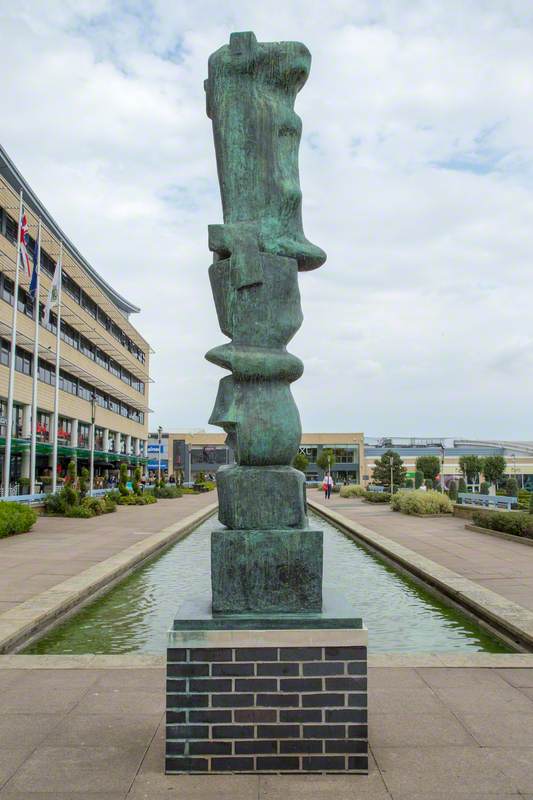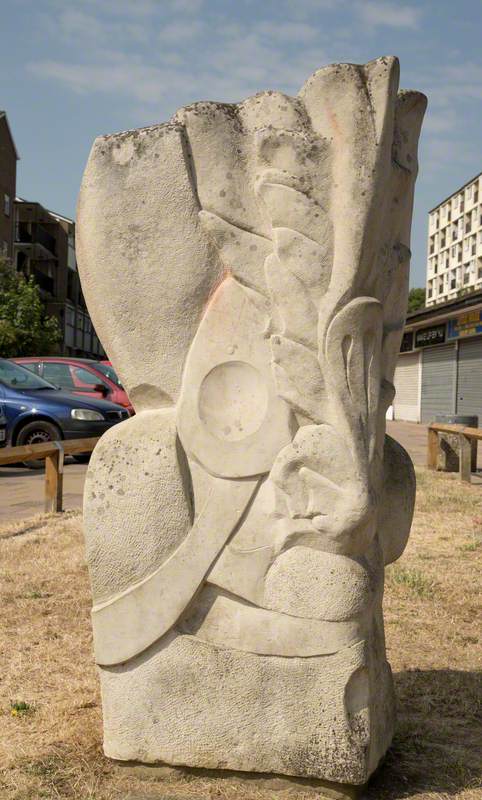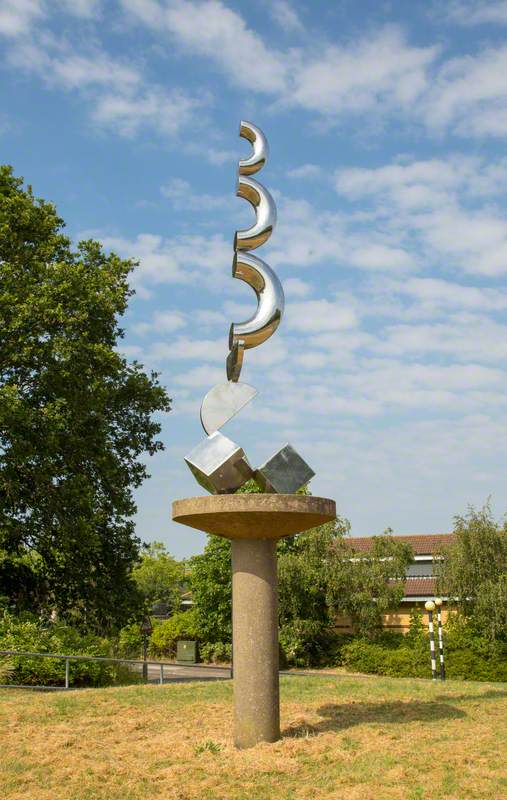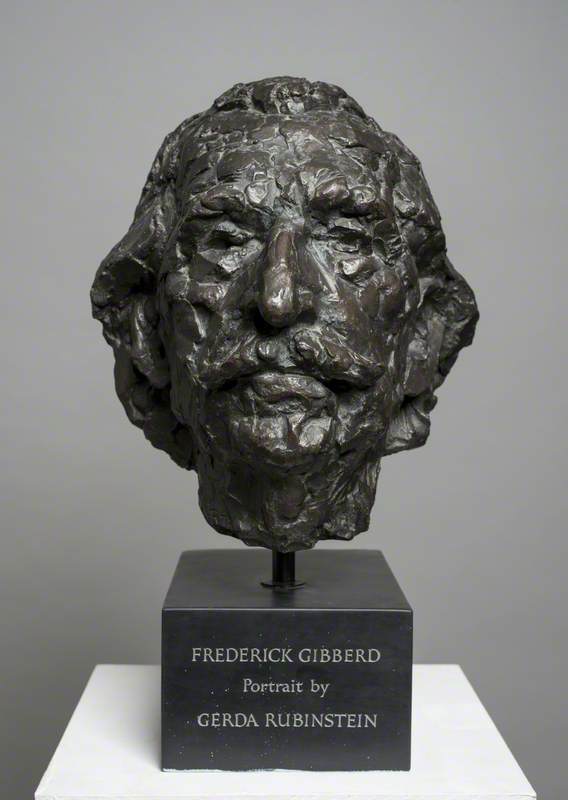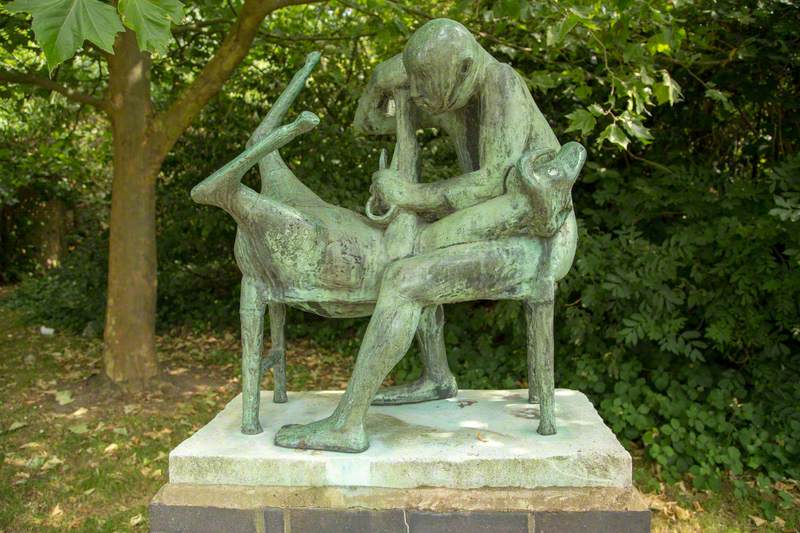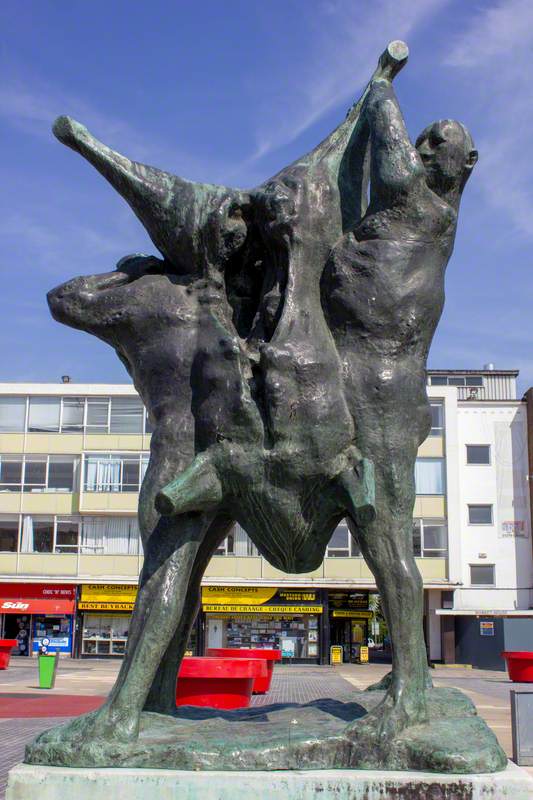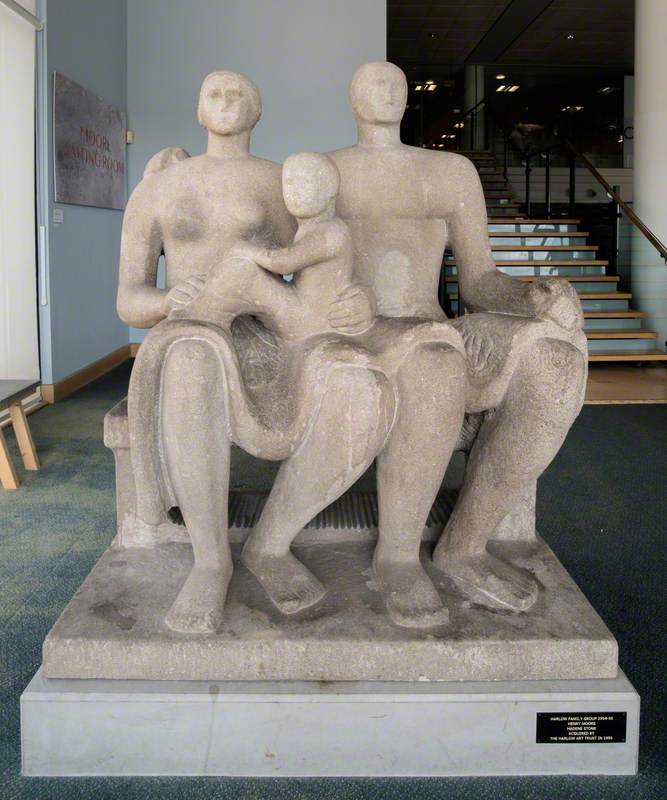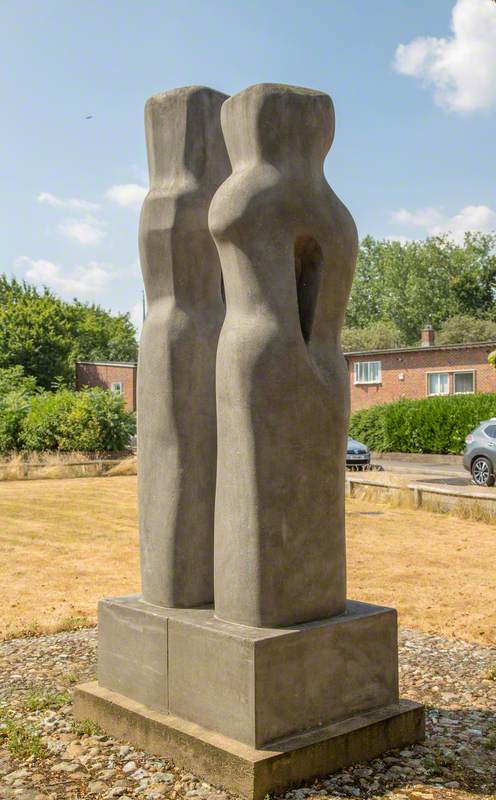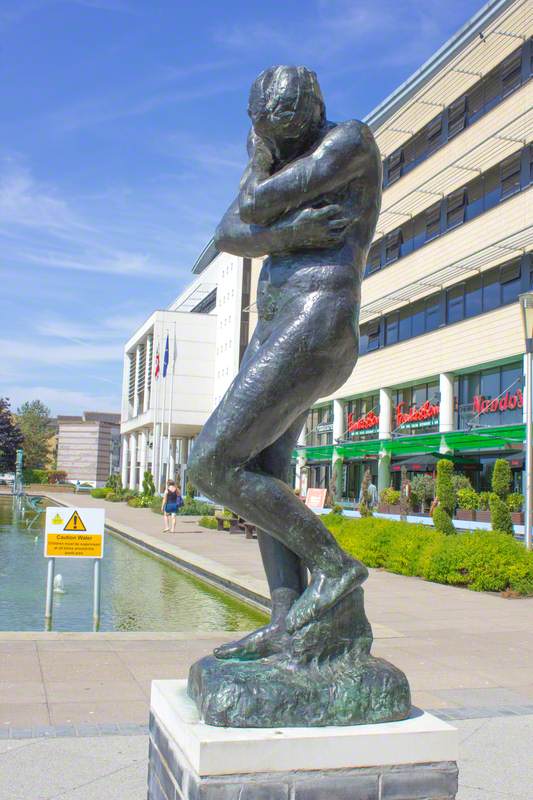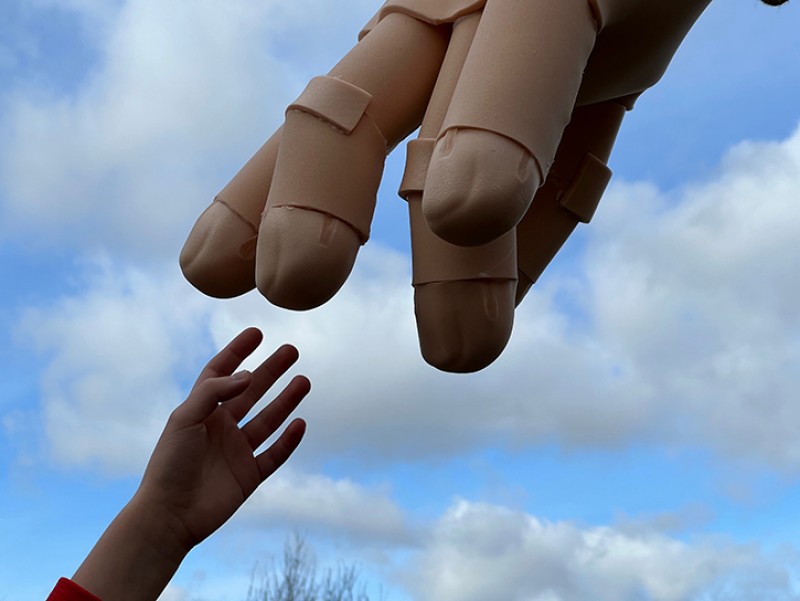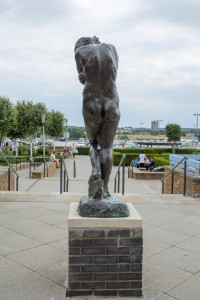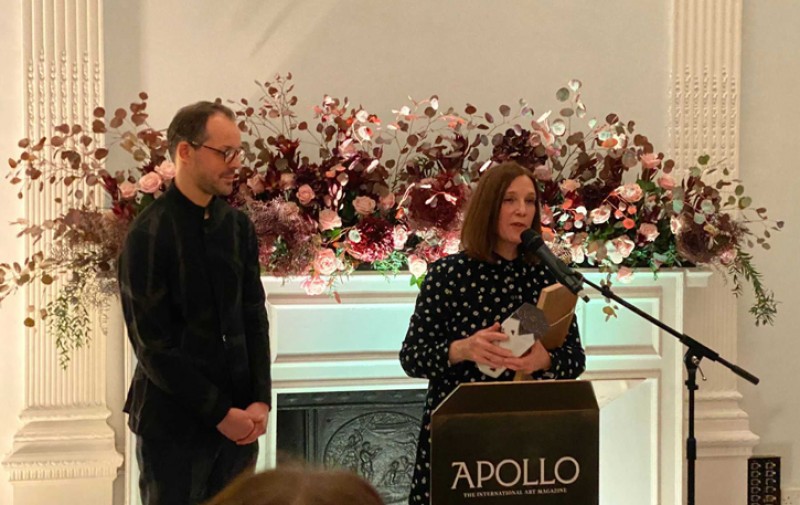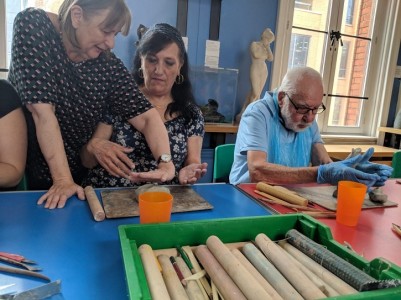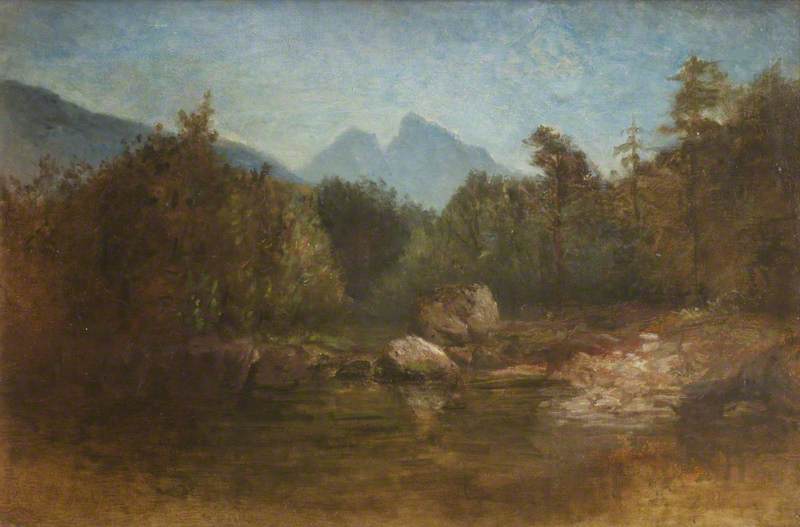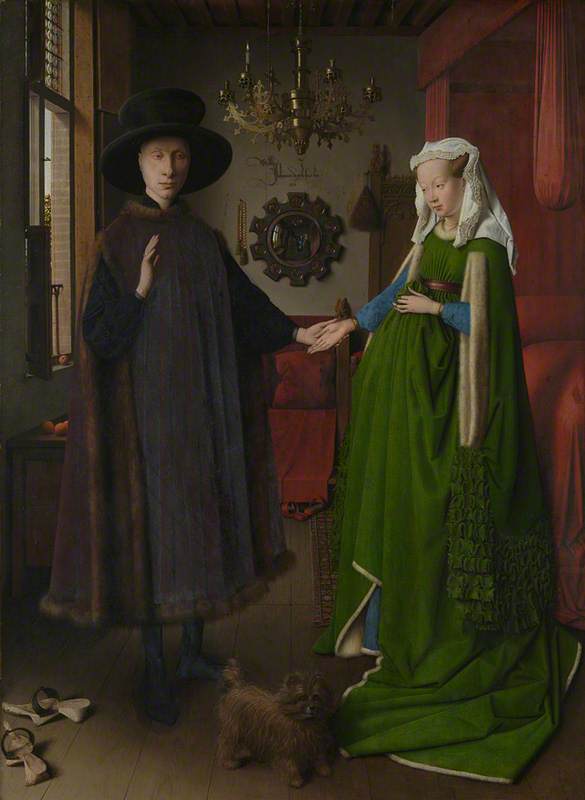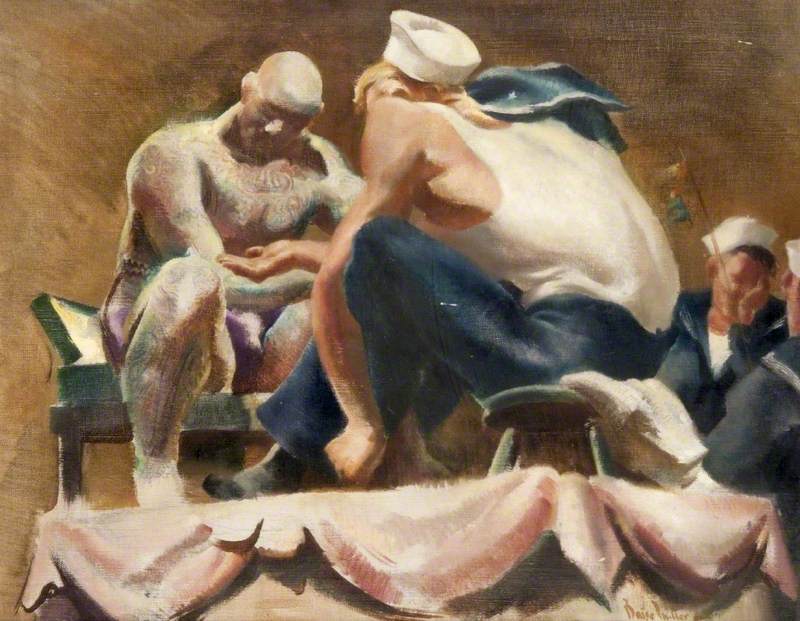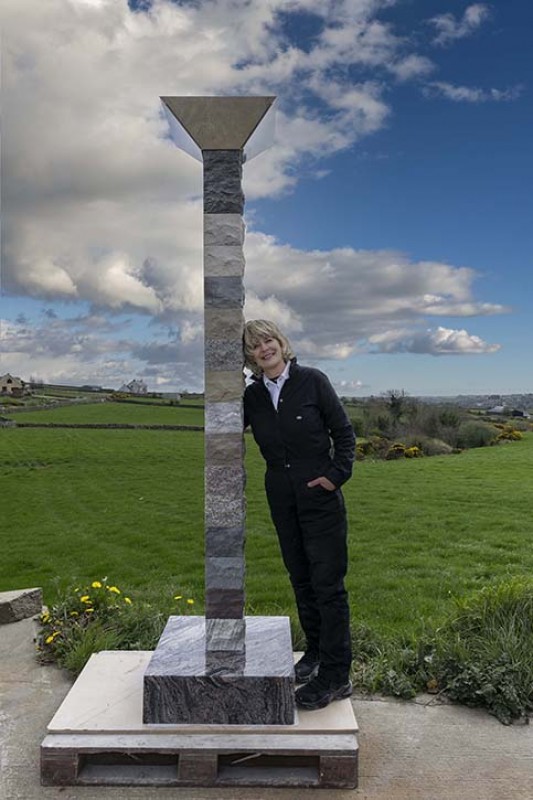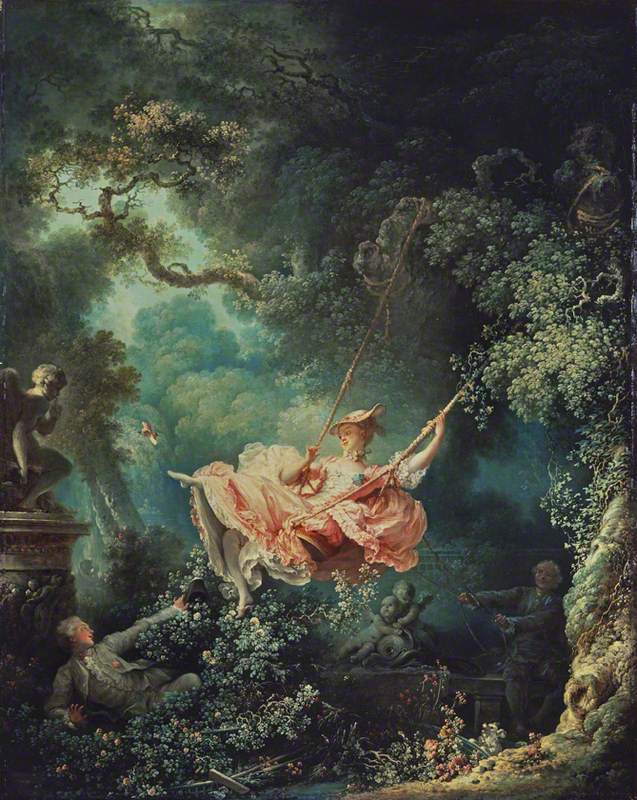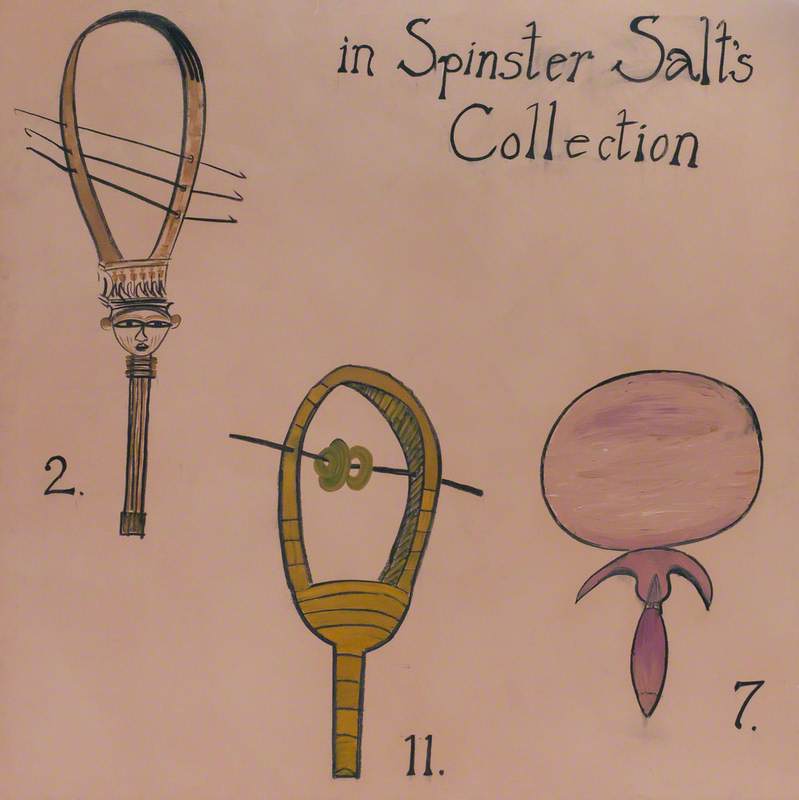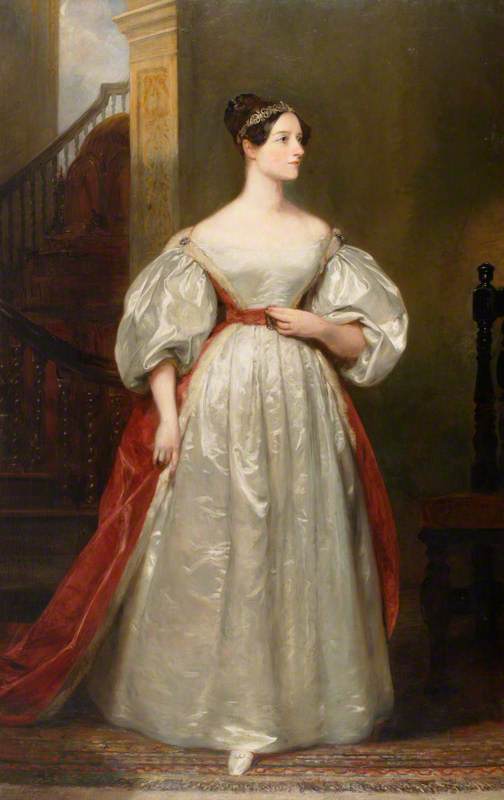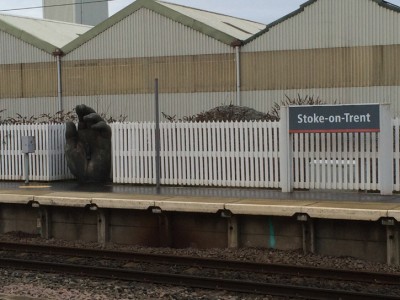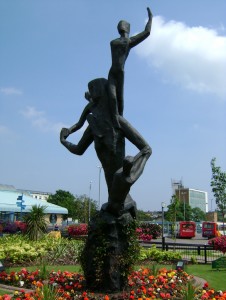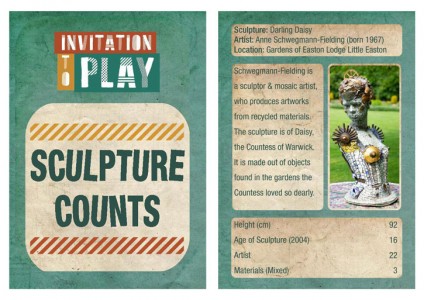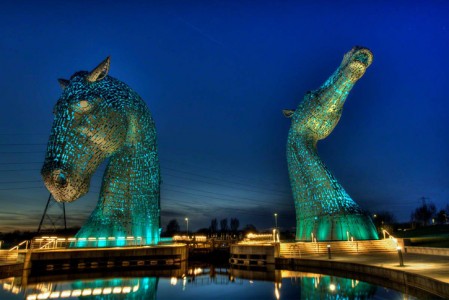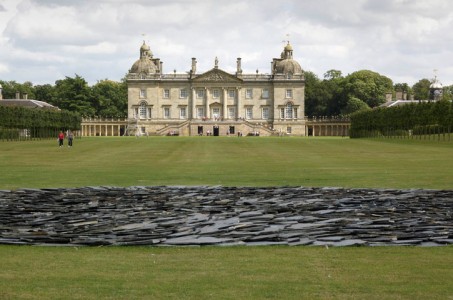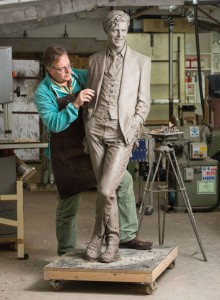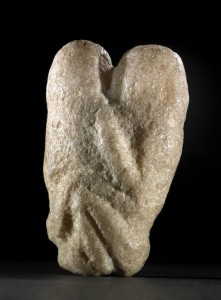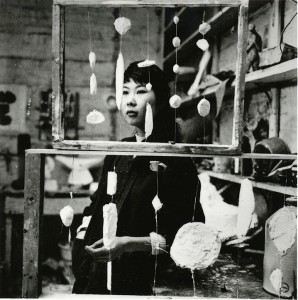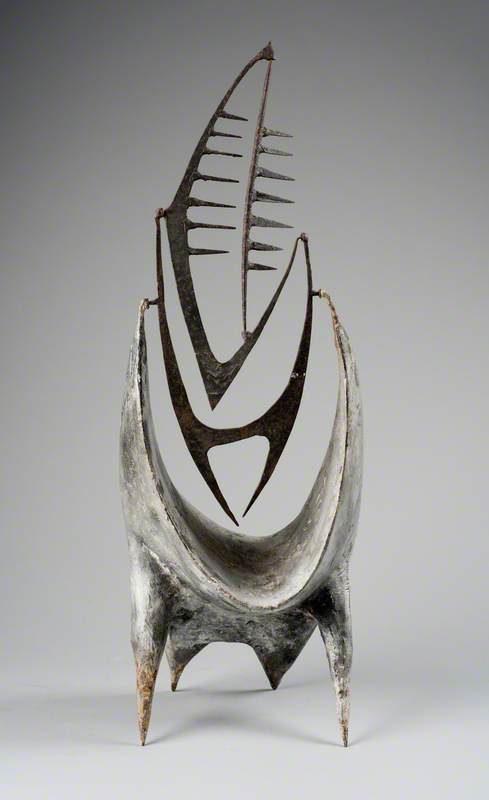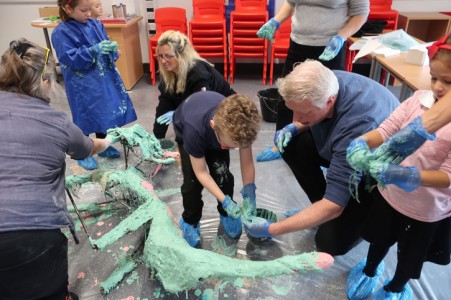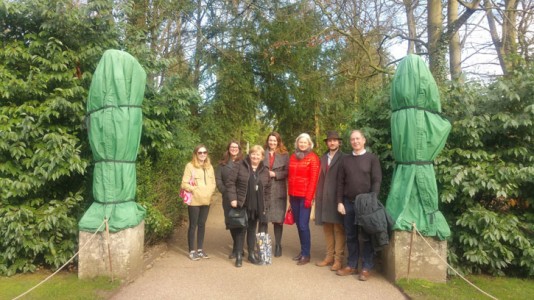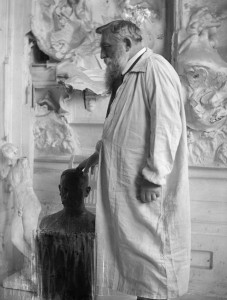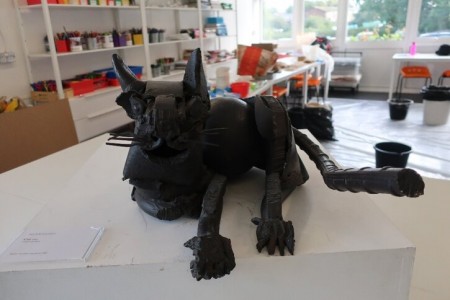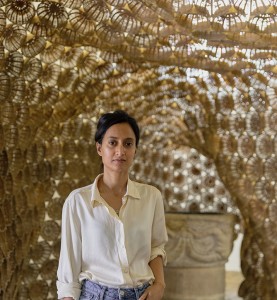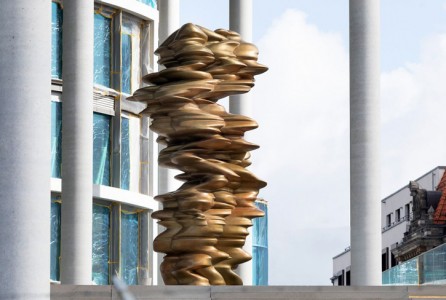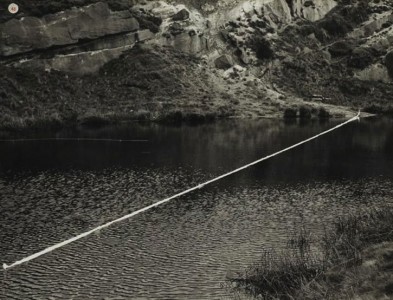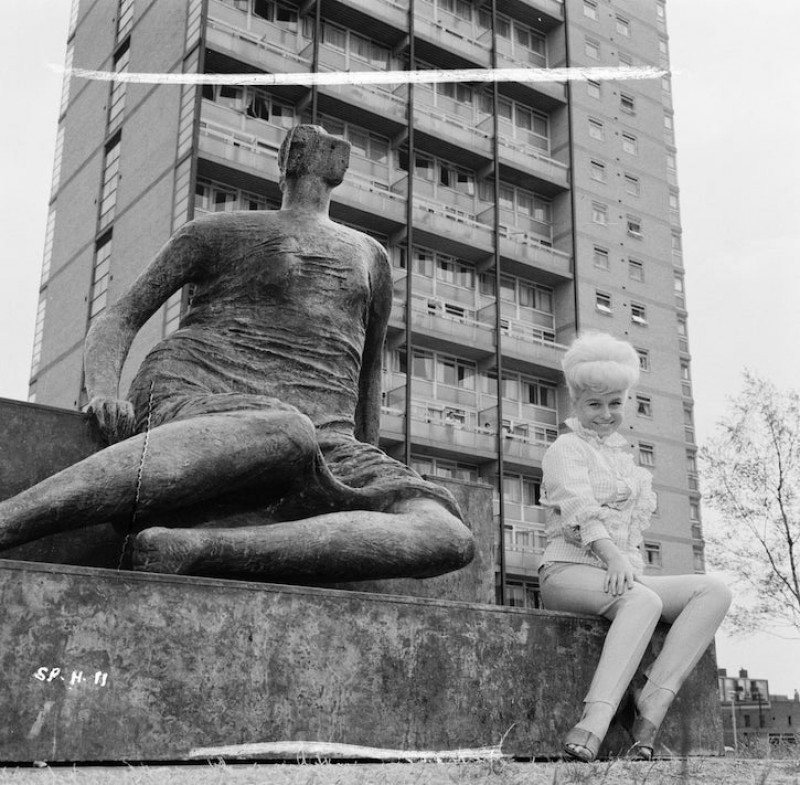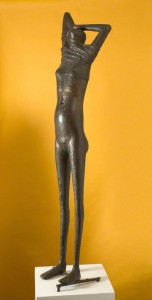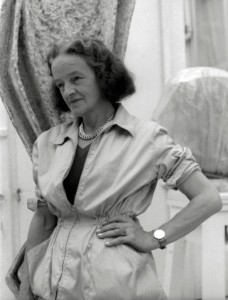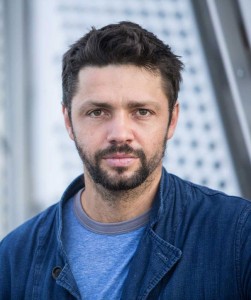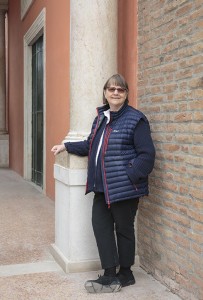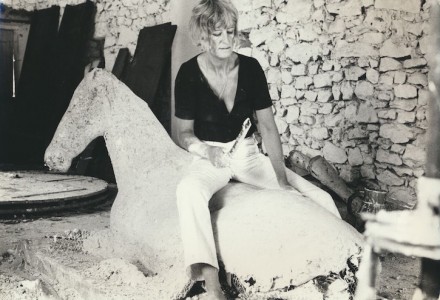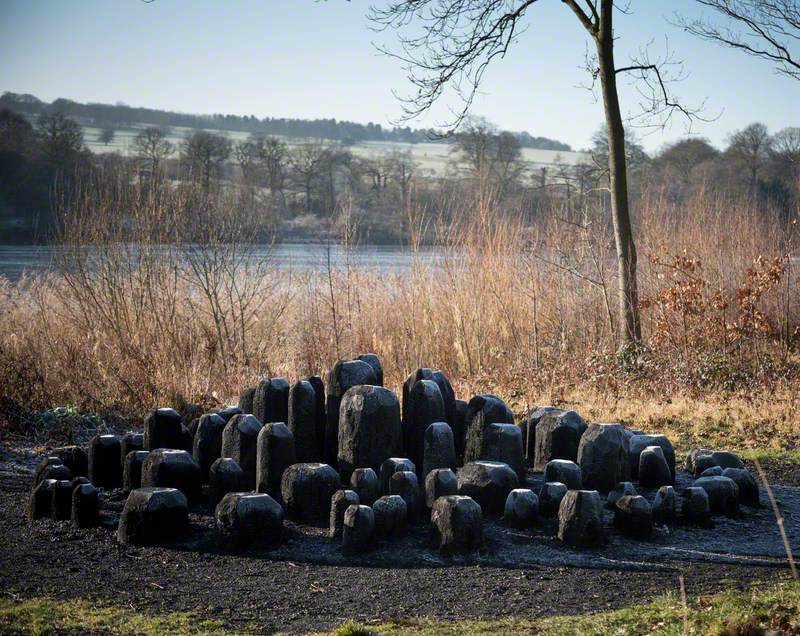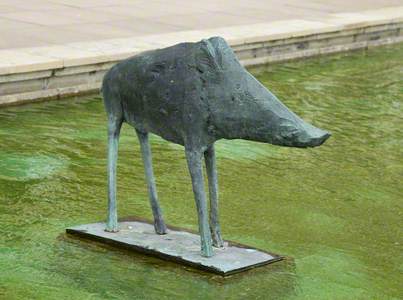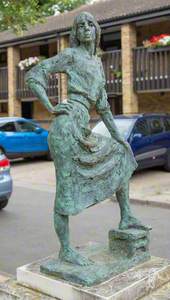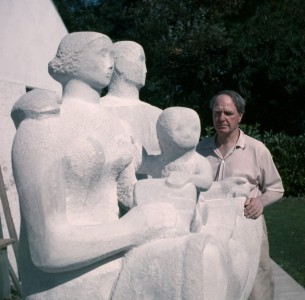Download and subscribe on Apple Podcasts, Stitcher or TuneIn
Art Matters is the podcast that brings together popular culture and art history, hosted by Ferren Gipson.
There's a town in Essex named Harlow that is the UK's only Sculpture Town. In fact, it may be the only Sculpture Town in the world. This label sounds like it might refer to an entire town carved from marble, but it's more about the community's ethos.
'Sculpture is part of the fabric of everyday life within the town,' says Kate Harding, Artistic Director for Harlow Art Trust. 'Nominally it's been a Sculpture Town since 2009, which was when Harlow Council voted unanimously to rebrand.'
Though the official title is recent, the town has prioritised the inclusion of public artworks from its early days of planning. Their collection includes pieces from Rodin, Elisabeth Frink, Barbara Hepworth and more. Ninety works are dotted across the town in residential areas and shopping centres, as well as the typical places one might expect to find sculptures, like outside of public buildings.
In 1946, there was an initiative called the New Towns Act that sought to relieve overcrowded urban areas and provide replacement homes for those lost due to bombing during the Second World War. Harlow was part of the first wave of designated New Towns. In building towns from scratch, there was an opportunity to incorporate the latest designs and be deliberate regarding how roads and areas were laid out. Some of the innovative ideas for city planning were showcased during the 1951 Festival of Britain.
'It was an opportunity for the public to come and see examples of buildings and architecture made in a style of international modernism, which would have been extremely contemporary,' says Kate.
Each building in the festival was accompanied by a large artwork of some sort – be it a reclining figurative sculpture or a mural. The idea was to integrate art within the new communities that would appear across the country. Harlow is noted for being one of the new towns that did a particularly good job of imbibing the essence of the Festival Style. This was due, in part, to the leadership of the town's master planner, Sir Frederick Gibberd.
'[Gibberd] was very influenced by his trips to Florence. He would walk through the Piazza della Signoria in central Florence and look at Michelangelo's David, and see sculpture as a way of giving a place identity,' says Kate. 'He called Harlow the Florence of Essex.'
In 1953, Gibberd established the Harlow Art Trust, enabling the town to acquire sculptures. Sir Philip Hendy, who was Director of The National Gallery at the time, helped to identify works that were up for sale and the trust would then source the necessary funds for purchases. This money came from small grants, corporate sponsorships and other resources.
As for commissioning new works, the town has cultivated a relationship with art students and recent graduates. In the past, the trust might initially commission small works from students and then commission a further, larger work if the relationship was successful. This was the case with Ralph Brown, who first produced Sheep Shearer in 1956 while he was a student at the Royal College of Art. He was later commissioned to make Meat Porters for the Market Square in 1959. More recently, the trust continues to acquire new works through their artist-in-residency programme in collaboration with the Royal College of Art.
After a while, when there are so many sculptures in a collection and new works are regularly being commissioned, the pieces can begin to dialogue with each other, as is the case with a very subtle work by Harlow's first Sculpture Town artist-in-residence Finn Thomson. Thomson created a set of three benches and a plaque titled Moore Waiting Room, which surrounds Henry Moore's piece Harlow Family Group. Moore's sculpture was relocated from its original home after one of the figure's heads was knocked off (for the second time). Harlow Family Group is one of the more symbolic pieces in the collection because the town experienced a baby boom in the 1950s, earning it another nickname of 'pram town'. Thomson's benches help to draw attention to the significance of the piece and encourage passersby to stop and take it in.
Masterpieces around town
Harlow's first sculpture was Barbara Hepworth's Contrapuntal Forms, which was previously commissioned by the Arts Council to go on display at the Festival of Britain. All of the works exhibited in the festival were offered to arts organisations and developments around the country, but the large sculpture by Hepworth proved to be a hard sell.
'It may well have been because it was an abstract piece of sculpture on a monumental scale, which would have been quite a significant departure from the kinds of works on that scale and in that context that people would have seen before,' says Kate.
Contrapuntal Forms now resides in the quiet housing estate of Glebelands. It was originally placed in this location because it was the most developed part of the town. The plan was to relocate the monumental sculpture to a more central location once an appropriate area was ready but the residents of the community argued their case to leave it in its nondescript location.
'In a lot of cases, the artworks have remained, but the developments around them have changed significantly,' says Kate. Sited in a similarly unusual spot, one can find the town's Rodin sculpture in the water gardens outside of a Nando's. Constructed in 1963, the gardens were originally outside of the old town hall. The town hall was demolished and replaced with a retail area in 2004.
Since Harlow has only officially been a Sculpture Town for ten years, it's still early days in the development of what it means to truly make it the 'Florence of Essex'.
'The beauty of the collection is that it is so dispersed – it's not a sculpture park, it's a sculpture town,' says Kate. 'We are working on a new map with self-guided trails you can do, a new app and a new website to make the collection a lot more accessible.'
Listen to our other Art Matters podcast episodes

